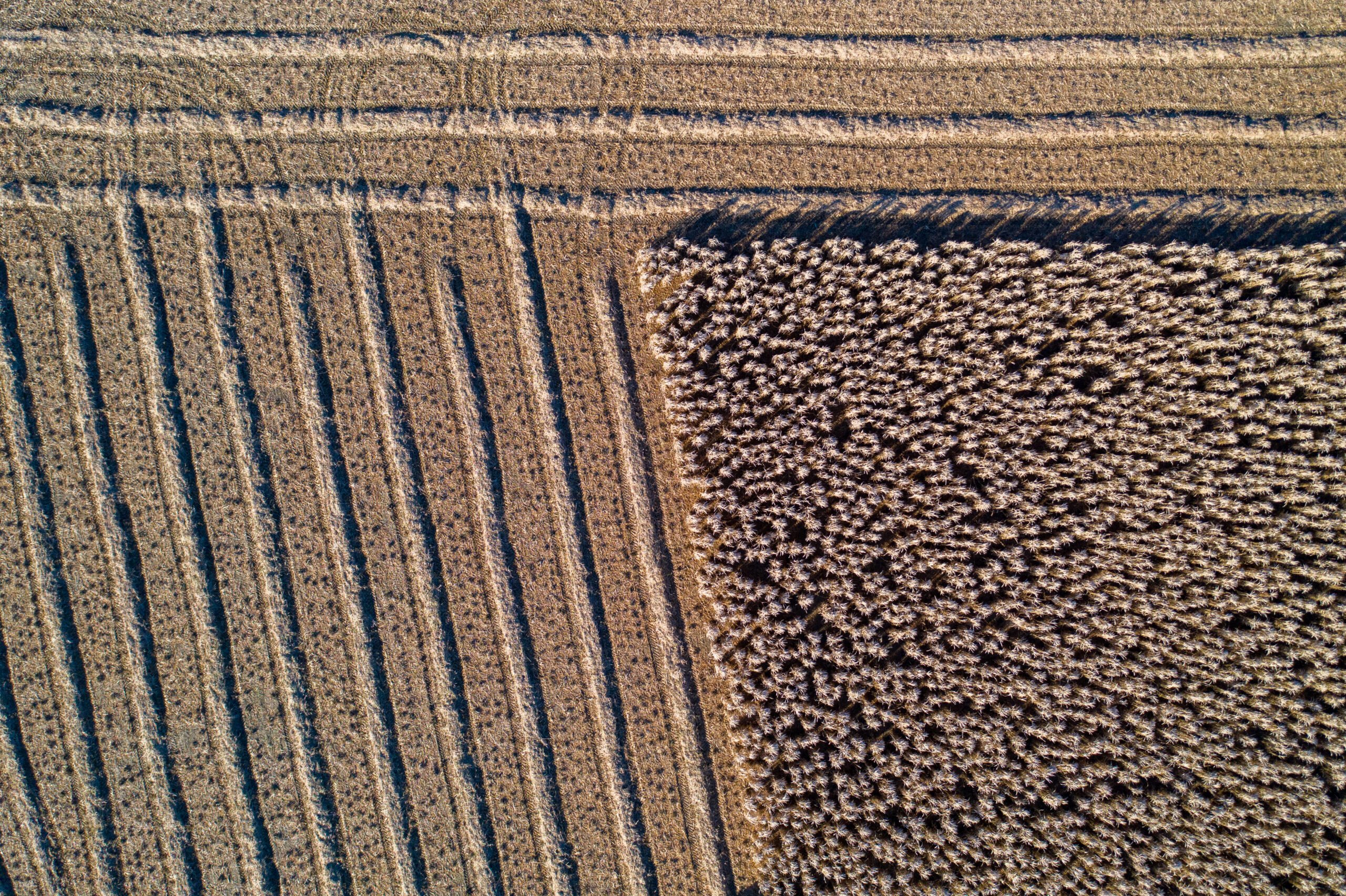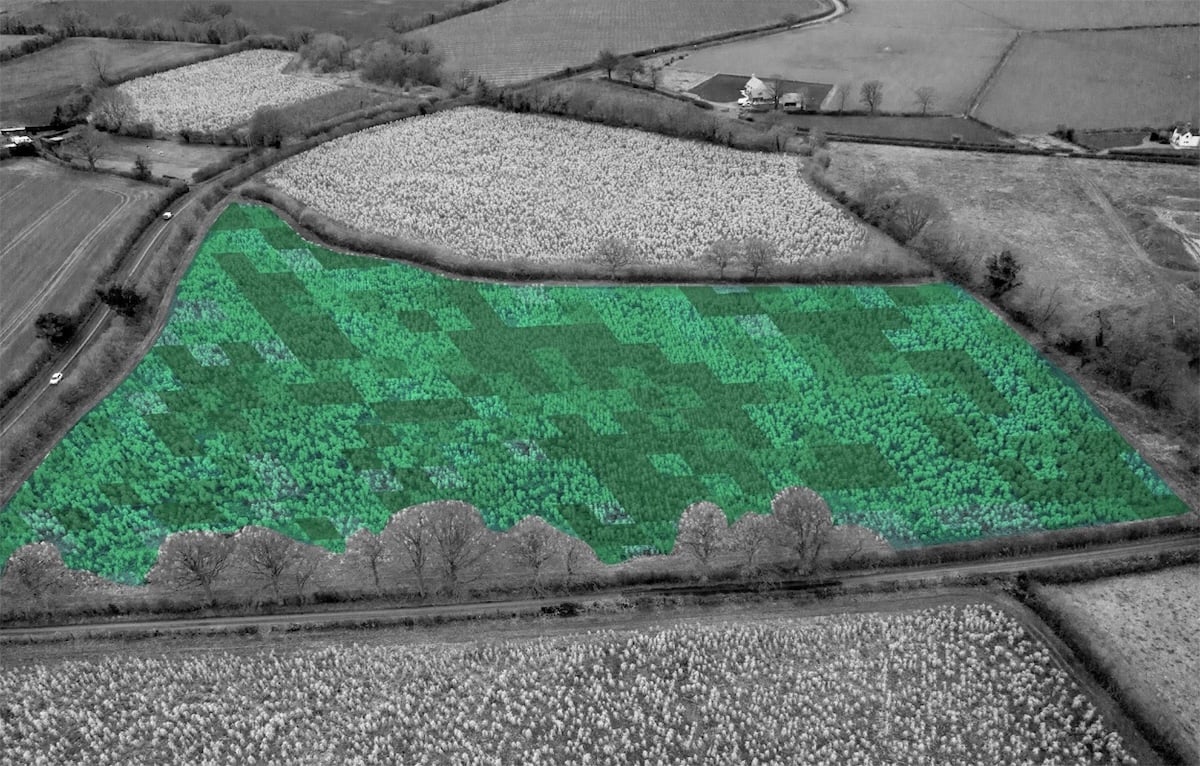Last Updated on July 30, 2025 by Sophie Wilesmith
The Sustainable Farming Incentive (SFI), once positioned as a cornerstone of England’s post-BPS agricultural policy, has failed to deliver meaningful support for many UK farmers.
Intended to reward environmental stewardship while providing a stable income stream, the scheme has instead been marred by complexity, slow rollouts, shifting rules, and payment delays, leaving many farmers frustrated and financially exposed at a time when input costs, market volatility, and regulatory pressures are already testing the resilience of British agriculture.
Instead of providing the promised certainty to plan and invest, the SFI has often added administrative burden without delivering practical or fair rewards for the work farmers are doing for nature and climate.
For those navigating the complex transition away from the Basic Payment Scheme while trying to engage with the evolving SFI, the path ahead remains unclear.
In this context, perennial crops like Miscanthus are increasingly being discussed as practical tools for risk reduction and long-term farm planning.
Miscanthus planting in 2026 could offer a timely opportunity for farmers to reassess their business models and explore lower-risk approaches, particularly on fields with lower productivity or challenging management requirements.
Miscanthus is a perennial crop that, once established, can remain productive for over 20 years without the need for replanting. This removes the annual uncertainty associated with establishment, drilling conditions, and market fluctuations often faced by combinable crops, providing greater predictability in workloads and planning.
Resilience to weather volatility
With deep-rooting systems and low input requirements, Miscanthus is well suited to handling weather extremes, from spring droughts to challenging autumn planting and establishment conditions. The crop’s resilience reduces exposure to some of the climate risks that have affected arable cropping in recent years, while also supporting soil structure and organic matter improvement.
Lower input demands
No fertiliser is required, because the rhizome recycles nutrients back into the soil, and limited inputs are needed during the two-year establishment phase only, with no inputs post-establishment. It’s planted once, meaning no labour or machinery is needed throughout the crop’s life and Miscanthus is contract harvested in the spring, at a traditionally quieter time for most farms.
Environmental and market drivers
There is growing interest in Miscanthus as a low-carbon biomass source for energy, construction materials, and sustainable products, aligning with broader net zero goals and the move towards circular economy models. While domestic demand is growing, the environmental benefits of perennial cropping systems, including carbon sequestration and biodiversity support, are also increasingly recognised within policy discussions.
A considered option for 2026
“If 2025 is proving to be another year of transition for many UK farms, 2026 may offer a chance for more structured changes. For those seeking to reduce risk, rebalance workloads, and build longer-term resilience into their farming operations, Miscanthus is a crop that warrants consideration,” says Terravesta chairman, William Cracroft-Eley.
As conversations continue around the challenges of the SFI and the future of agricultural support in the UK, practical steps to reduce reliance on high-input, high-risk cropping while maintaining profitability will be key in the years ahead. Exploring alternative, low-input perennial systems could form part of this pathway for some farm businesses.



